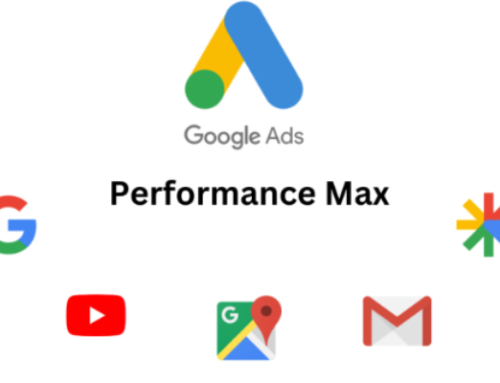What is Google Ads Attribution Models?
Google Ads attribution model refers to a set of rules that assign credit to a conversion path. The attribution models are very helpful to observe the journey taken up by the user to complete the purchase.
Google Ads comes with a total of six conversion attribution models.
To choose the most suitable attribution model, one must have an exceptionally good understanding of the attribution model. This also helps to make the work easy.
In this post, we will discuss attribution models in Google ads, how it works and how you can choose the right attribution model.
The conversion attribution models in Google Ads are explained below.
1) Last Click Attribution Model:
This attribution model is the default option selected in Google Ads. This model lets Google gives 100% credit to the last Click for conversion/sales as well as for other desired actions.
For example, if you run 3 separate campaigns (Search, Shopping & Display) to target the same type of audience, first-time users visit your website by search ads but not take your desire action, next time they visit your website by display campaign and complete purchase then last-click attribution model give 100% credit to display campaign.
When is this model most suitable?
If you are running a campaign for low ticket product and you feel your target audience is not spending much time to investigate the product before making a purchase decision or you like to keep campaigns simple and one-off, this model can hold you over just fine.
2) First Clicks Attribution Model:
In the last-click attribution model, Google places the weight on the last click, in the same way when you select First clicks attribution model then Google gives 100% credit to the First Click for conversion/sales as well as for other desired actions.
For example, let us say you are running an ad on a search network with targeting a keyword for your business.
You received some clicks from the search network, but the user did not complete the desired goal. Next time, the same users visit your website by a remarketing ad, and this time they have taken your desire action. In this case, Google gives 100% credit to the search network because the user has visited your website first time by search ads.
Where can we use the first-click attribution model?
If you are running a campaign for brand awareness and testing top-of-the-funnel engagement, the first-click model is very good.
3) Linear Attribution Model:
This attribution model places credit on each path of the attraction that is taken by users before completing the purchase. If you are running the search, shopping, and display campaign and user have attraction with all channel before completing the purchase, then this attribution model Google will report credit of the conversion equation.
This attribution model helps to determine the channel and the keywords/product that are working well and those that are not.
When can you choose this attribution model?
If you plan on running complex campaigns that take people directly from broad organic search terms to conversion, then this linear model is a good choice.
For example, if you are selling PPC services, you want to start with a broad keyword. then, you would want to remarket interested clicks to learn more on your website. Lastly, you could then remarket them with RLSAs.
This three-step approach helps to move customers from awareness to conversion, with each step playing a huge role in the process. Clearly, in this case, linear modeling is very practical.
4) Time Decay Attribution Model:
This attribution model places high credit on the keyword/channel where the user has taken the desire action on the website. If users use 4-5 touches to complete the desire action, then Google gives high credit to the last touches.
The time decay attribution model is great if you are running campaigns that are often long and complex.
Selling eCommerce products online where you target keywords via Google Shopping wouldn’t find much benefit from time decay modeling, as sales are too quick.
Time decay can be a great model to help you understand how long your sales process is, too.
When can you choose this attribution model?
If you want to understand the buying behaviors of your customer during the promotional campaign and want to give high credit to keywords of product where conversion was close then the time decay attribution model is apt.
5) Position-Based Attribution Model:
In this attribution model, Google gives 40% credit to first clicks and 40% credit to last clicks. The remaining 20% credit is distributed equally among all other clicks in the conversion path.
When can you choose this attribution model?
If you want to check the users’ behavior for the first and last attraction, then it’s good for you. In other words, if your focus is to know first and last engagement then this attribution model is good for you.
6) Data-Driven Attribution Model:
The data-driven attribution model is the best choice, according to my experience. This attribution model uses Google machine learning technology to give credit to the best influences keywords in the conversion process.
This attribution is not enabled in every account as Google demands sufficient data to do so. For instance, in the last 30 days, your account has 15,000 clicks and 600 conversions. To keep using a data-driven attribution model you have to sustain 10,000 clicks and 400 conversions in 30 days.
When can you choose this attribution model?
If your account is eligible to enable a data-driven conversion attribution model, then you must opt for this model. It will be tremendously helpful to use this option and scale the account on an unlimited budget.
Hope the post has clarified almost every query you had in mind regarding the topic. Please get back to us, in case of any other queries.





Leave A Comment